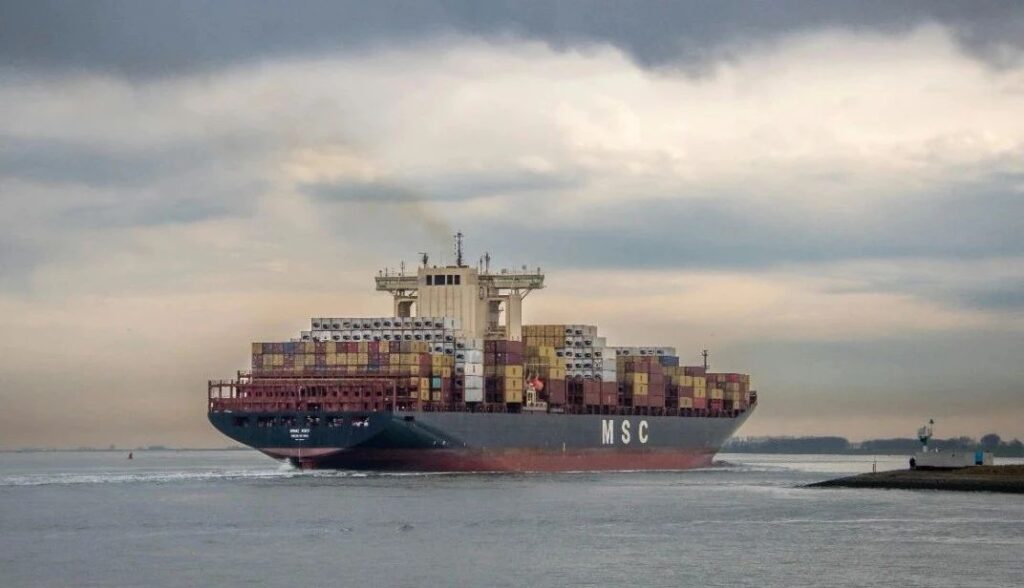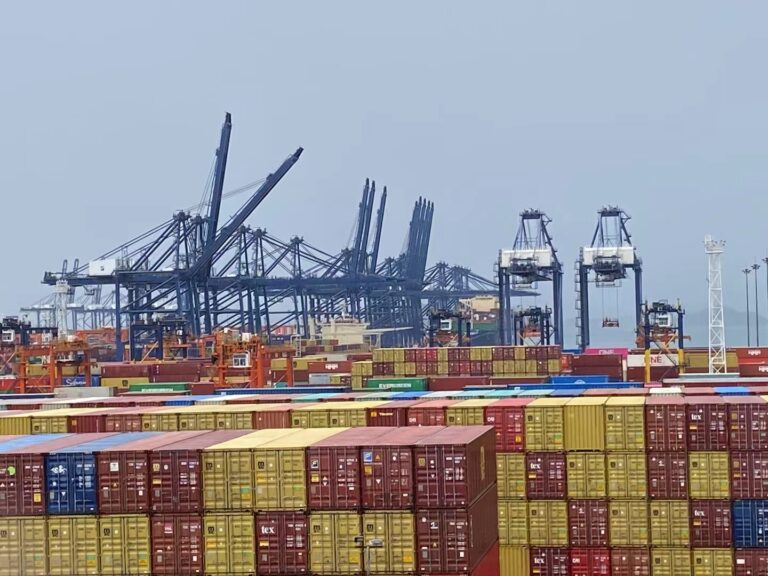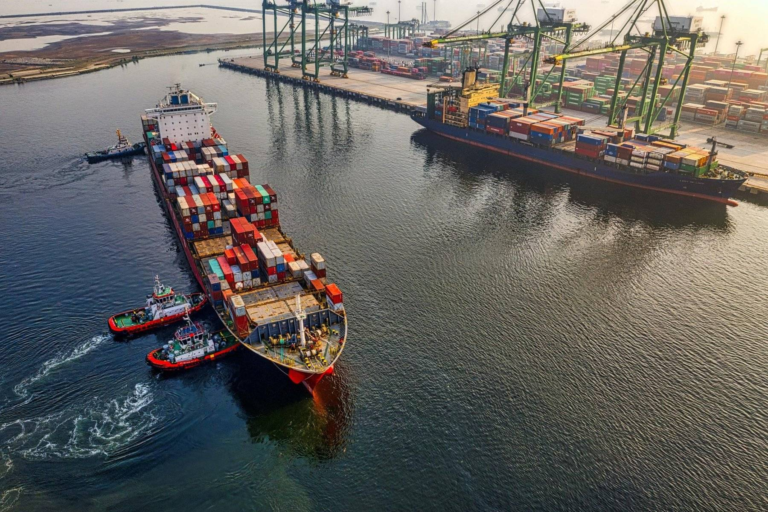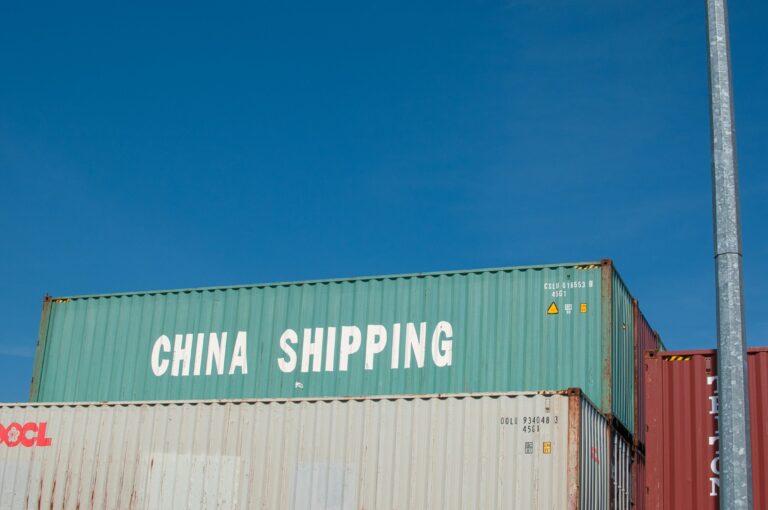Mid-August News in the North American Freight Market
Mid-August News in the North American Freight Market
North American Port Delay Situation

Due to terminal congestion in Canada, Vancouver and Prince Rupert Port are experiencing ongoing delays.
- Vancouver Port has an average delay of 8 days.
- Prince Rupert Port has an average delay of 11 days.
There were delays at some U.S. ports
- Houston has an average delay of 10 days
- Los Angeles/Long Beach average delay of 7 days
- Oakland average delay of 7 days
- New York/New Jersey average delay of 8 days
Latest News on CN and CP Railway Strikes
The Canadian Industrial Relations Board (CIRB) ruled that CN Rail and Canadian Pacific Kansas City (CPKC) are not required to maintain services during a strike or work stoppage, as railway services are not considered “essential” services under the Canada Labour Code.
Approximately 9,300 workers represented by the Canadian Trucking Alliance are now on strike, but the CIRB has imposed a 13-day cooling-off period, delaying any strike until after August 22. The CIRB determined that the work stoppage does not pose an immediate threat to public health and safety, although it may have potential economic impacts. Labour Minister Steven MacKinnon urged both parties to continue negotiations to reach a resolution.
· August sea freight rate ·
As volumes continue to exceed last year’s levels, sea freight rates on trans-Pacific routes remain dynamic. While the injection of additional loader (XL) space has eased pressure on the U.S. West Coast, structural blank voyage due to the Cape of Good Hope (COGH) route diversions and port congestion in Asia and North America has led to delays and capacity challenges, especially on routes to the U.S. East Coast. However, the restoration of water levels in Panama’s Gatun Lake has led to a relaxation of weight limits in the Panama Canal, which has relieved some of the pressure.

Despite continued reductions in spot rates along the U.S. coast to balance supply and demand, an across-the-board rate increase (GRI) is expected in the second half of August, which will intensify the discussion around peak season surcharges (PSS) as the gap between FAK and NAC rates remains challenging.

· August Air Freight rate ·
In the last week of July, global air cargo tonnage stabilized after recent declines, but was still down -5% compared to the end of June. Regional trends varied, with a -4% decline in Central and South America, while Europe and the East and South America and Africa regions saw slight increases of +2% and +1%, respectively. Political unrest in Bangladesh led to a sharp drop in European freight volumes of -29%
between weeks 28 and 29, followed by a partial rebound of +6% in week 30.
Air freight rates for Week 30 were down slightly by -1%, but still up 13% year-over-year, with significant increases in the Middle East, South Africa and Asia Pacific. Notably, rates from Singapore to the United States exceeded $9 per kilogram, more than doubling from last year, reflecting strong demand and limited capacity in key regions such as Bangladesh, Sri Lanka and Dubai.





